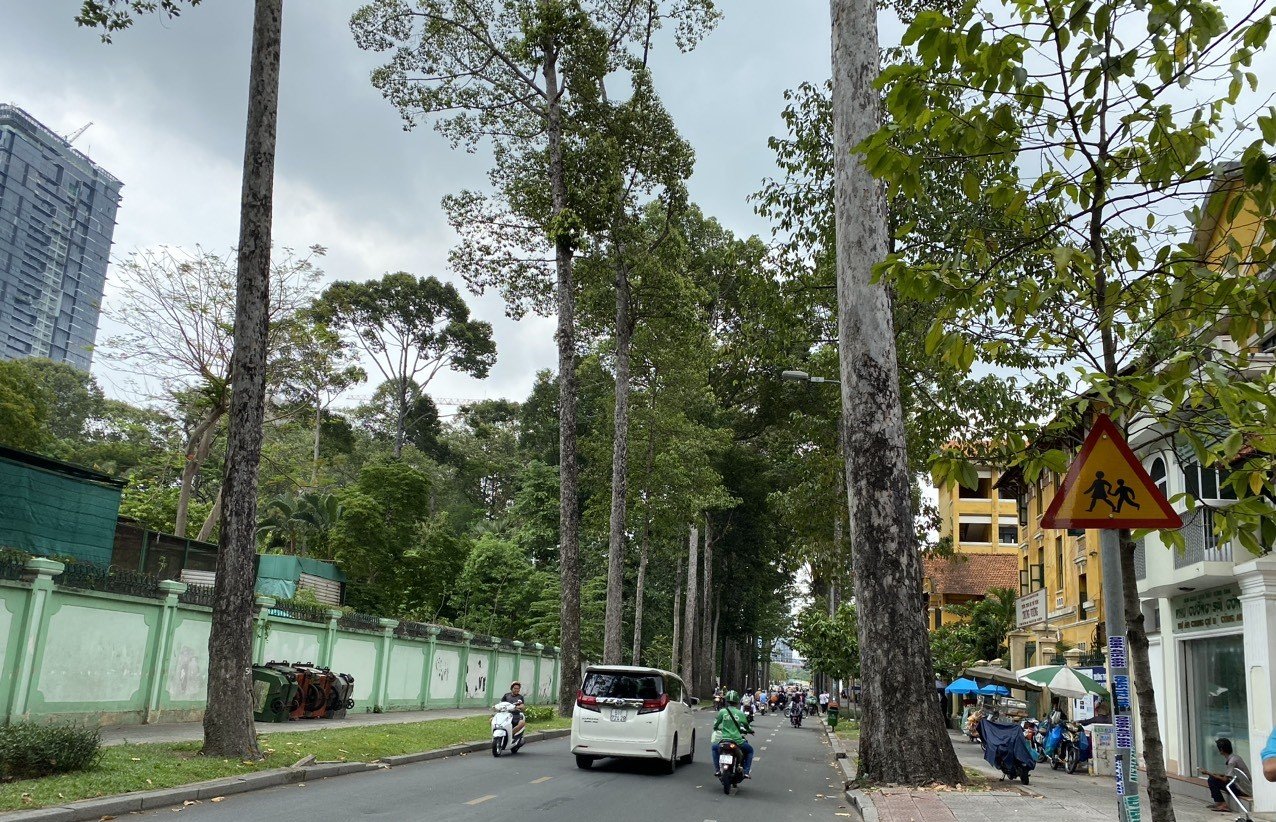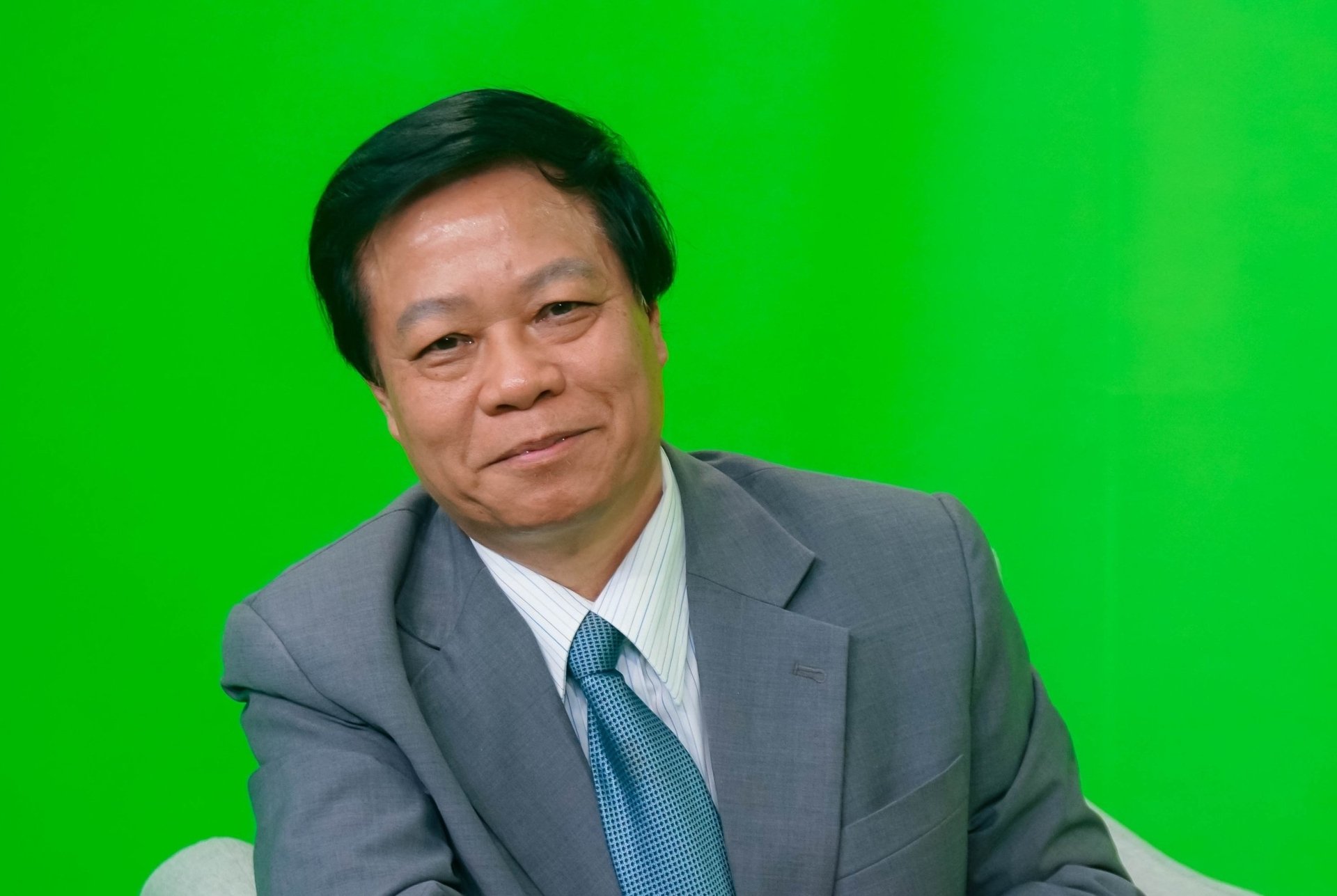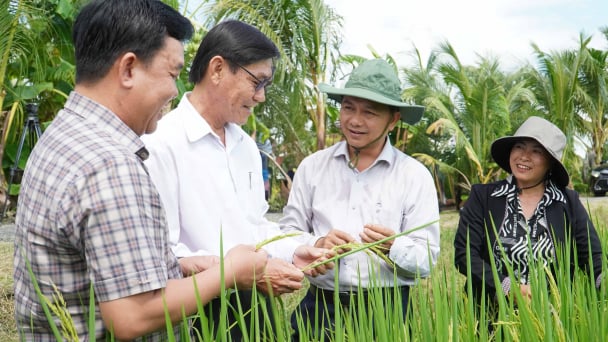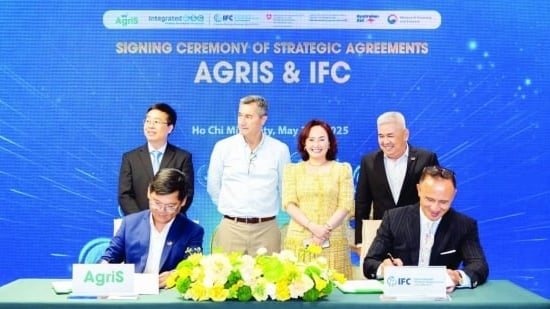June 19, 2025 | 00:28 GMT +7
June 19, 2025 | 00:28 GMT +7
Hotline: 0913.378.918
June 19, 2025 | 00:28 GMT +7
Hotline: 0913.378.918

Ho Chi Minh City is gradually losing its rows of green old trees.
An urban green space is equivalent to a billion-dollar construction in the city landscape. Additionally, urban green space prevents the city from becoming a lifeless concrete block. The absence of urban green space can turn a city into a desert.
According to Assoc. Prof. Dr. Nguyen Minh Hoa, urban green space is the foundation of a civilized city. Furthermore, he asserts that: “Ho Chi Minh City is successful in terms of its economy. However, the city is severely lacking with regards to urban green space. This is an urgent issue that requires thorough attention in order to find an appropriate response.”
As one of the current leading urban experts in Vietnam, Assoc. Prof. Dr. Nguyen Minh Hoa contends that the year 1990 marks the beginning of Ho Chi Minh City's strong growth with the birth of Tan Thuan Export Processing Zone. Additionally, the aforementioned year can serve as a milestone to assess the status of urban green space.
Before the year 1990, the urban green space in Ho Chi Minh City was relatively well-maintained. Its size was also even increased thanks to the opening of Le Van Tam park, Le Thi Rieng park, Van Thanh park, and Gia Dinh park. However, the population boom and the rapid speed of infrastructure construction after the year 1990 have shadowed the efforts of afforestation in Ho Chi Minh city.
The shrinking urban green space in Ho Chi Minh city can be attributed to three main factors. Firstly, the open roads through Tao Dan Park and September 23 Park. Secondly, sizeable portions from various parks were rented to host a variety of services. Thirdly, the renovation of old villas in the city will also remove the green trees that account for 60% of the total area. Fourthly, green trees are not the primary concern of new residential zone development. Consequently, Ho Chi Minh City becomes the city with the lowest density of trees in the Southeast Asia.
Additionally, the illogical removal of ancient trees was widely disapproved by the city's residents. Namely, 278 ancient nacre trees that were over 120 years old were felled to construct Ba Son Bridge. In addition, all of the ancient trees on Nguyen Hue Street were felled to to make way for a new pedestrian street.

Associate Professor Doctor Nguyen Minh Hoa.
Assoc. Prof. Dr. Nguyen Minh Hoa recommends several detailed solutions improve the urban green space in Ho Chi Minh City with a focus on building a green city in pursuit of a green economy. Firstly, all trees in the city must be appraised, and the park areas that were encroached or misused must be recovered.
Secondly, when a project cannot be implemented for any reason, the city should utilize this land area to plant trees instead. When an area is recovered or cleared in China, this government immediately turn the land into a park without the need to build a commercial center or high-end apartment building.
Thirdly, parks that are under the city planning must be followed through. For example, a 60-hectare Safari in Cu Chi district has had a project scheduled for over ten years so far.
Fourthly, the city must encourage its residents to plant additional trees on every possible plot of land. Furthermore, the "vertical green" strategy might be highly viable in Ho Chi Minh city, where trees are planted in the balcony of each floor.
Fifthly, it is necessary to socialize afforestation and green park activities. Newly constructed urban areas that fail to comply with the designed urban green space must be corrected.
Sixthly, the city must develop regulations and institutions to protect its trees. It is necessary to institutionalize all acts of encroachment towards trees, completely preventing the illogical removal of trees in the city. Namely, Singapore imposes a fine of 2,000 USD to violaters who cut down trees without permission, including trees on their own premises.
Seventhly, Ho Chi Minh City needs to make an effort to save its two precious forests, Cu Chi forest and Can Gio mangrove forest. Regarding the upcoming expansion of Can Gio's encroachment area to 3,000 hectares, the project must be implemented carefully without causing long-term environmental impacts in exchange for immediate benefits.
Translated by Nguyen Hai Long
/2025/06/17/3942-2-143243_548.jpg)
(VAN) Recently, in Sweden, the Secretary of the Binh Dinh Provincial Party Committee presented the Investment Registration Certificate for the 'Polyester Fabric Recycling Complex' project to SYRE Impact-AB Company.
/2025/06/12/3721-2-202745_83.jpg)
(VAN) TH made an impression at Seoul Food 2025 with its line of natural beverages, paving the way for Vietnamese food products to enter the South Korean market.

(VAN) Soc Trang's success in rice exports stems from a strategy of developing fragrant and specialty rice cultivation areas and standardizing production toward low-emission practices.
/2025/06/11/1311-5-120811_839.jpg)
(VAN) The pig farming industry is facing the challenge of comprehensive restructuring to meet requirements for quality, safety, traceability, and market expansion both domestically and for export.

(VAN) Vietnam considers participating in ALGROALBA in order to expand agricultural production, coordinate the assessment and effective exploitation potential land.
/2025/06/05/5314-1-184727_407.jpg)
(VAN) From seemingly worthless fish scales and skin, enzymes and lactic ferments can transform by-products into peptides, opening a sustainable, effective business direction and elevating Vietnamese seafood.

(VAN) TTC AgriS and IFC signed a strategic partnership to develop a sustainable agricultural value chain, aiming to achieve the Net Zero target by 2035.